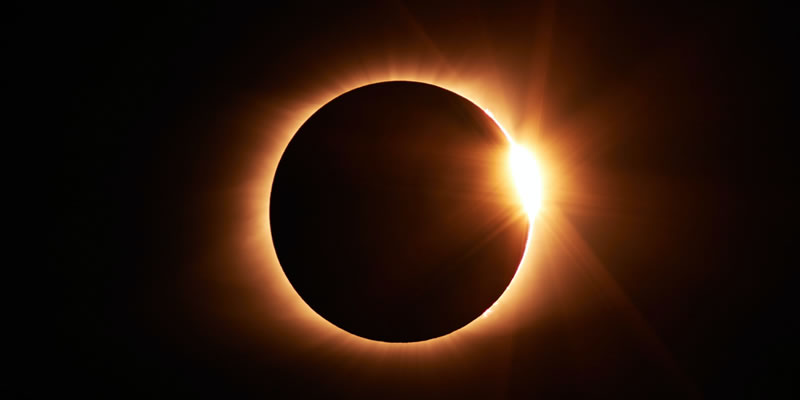A partial solar eclipse will occur in Hong Kong on 22 July 2028. The eclipse magnitude will be 0.006, meaning that at greatest eclipse, only six-thousandths of the sun's diameter will be covered by the Moon. The sunlight in Hong Kong will not noticeably diminish during this event. Due to the small eclipse magnitude, observers may need a telescope to view this solar eclipse. When observing a solar eclipse, proper solar filtering equipment must be used; never look directly at the Sun or use improper viewing methods. The next partial solar eclipse visible in Hong Kong will occur on 21 May 2031, and will have a larger magnitude than this one.
 Web Content Display
Web Content Display

Solar Eclipse
Tab Menu
 Web Content Display
Web Content Display
 Web Content Display
Web Content Display

|
Stage |
Time (HKT) |
Altitude (degrees) |
Azimuth (degrees) |
|
Partial eclipse begins |
09:43 |
51.4 |
85.2 |
|
Greatest eclipse |
09:52 |
53.3 |
85.8 |
|
Partial eclipse ends |
10:01 |
55.4 |
86.4 |
The above predictions are referred to the Hong Kong Space Museum. The timing of the solar eclipse may vary slightly across different locations in Hong Kong.
Explanation of different stages of a solar eclipse
Partial eclipse begins: the instant when the Moon's limb contacts the Sun's limb.
Greatest eclipse: the instant when the apparent centers of the Moon and the Sun are at the smallest separation. The eclipse magnitude reaches its maximum at this time.
Partial eclipse ends: the instant when the Moon's limb leaves the Sun's limb completely.
Eclipse magnitude: reflects how deep the Moon eclipses the Sun. The larger the magnitude is, the larger proportion of the Sun is covered.
